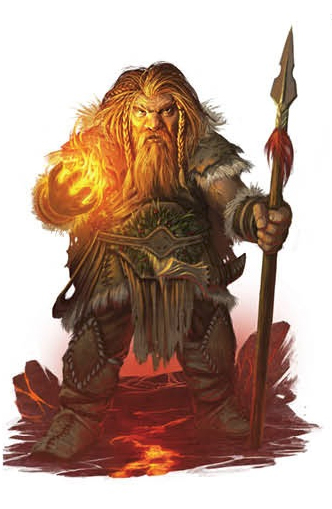Difference between revisions of "Spirits"
| Line 1: | Line 1: | ||
| − | Spirits in the realm of Ea do exist, and are a part of the outlook of some cultures (such as oruch, sylvanori, sith'makar, or primitive goblins). Views of spirits, and those who believe in them, vary widely across Ea although many cultures will view some spirits automatically as "evil" or "good," based on its tendencies. For someone who is "spirit-touched" (such as fae or elemental-blooded, for instance) this view may vary even more widely, as not all spirits are known for their discretion, and some will make deals with almost anyone willing. [[image: |
+ | Spirits in the realm of Ea do exist, and are a part of the outlook of some cultures (such as oruch, sylvanori, sith'makar, or primitive goblins). Views of spirits, and those who believe in them, vary widely across Ea although many cultures will view some spirits automatically as "evil" or "good," based on its tendencies. For someone who is "spirit-touched" (such as fae or elemental-blooded, for instance) this view may vary even more widely, as not all spirits are known for their discretion, and some will make deals with almost anyone willing. [[image:druid05.jpg|right]] |
A classification as spirit is largely up to the culture: system-wise, spirits are usually reclassifications of existing creatures. For instance, an earth elemental might be seen as a "spirit of earth," or an incorporeal undead might be a "spirit of the dead." This does not mean that an elemental is always a "spirit." It means that for particular cultures or outlooks, it is likely viewed as one. This is particularly true of cultures who have a more druidic view as their central theme. |
A classification as spirit is largely up to the culture: system-wise, spirits are usually reclassifications of existing creatures. For instance, an earth elemental might be seen as a "spirit of earth," or an incorporeal undead might be a "spirit of the dead." This does not mean that an elemental is always a "spirit." It means that for particular cultures or outlooks, it is likely viewed as one. This is particularly true of cultures who have a more druidic view as their central theme. |
||
Revision as of 19:35, 18 April 2013
Spirits in the realm of Ea do exist, and are a part of the outlook of some cultures (such as oruch, sylvanori, sith'makar, or primitive goblins). Views of spirits, and those who believe in them, vary widely across Ea although many cultures will view some spirits automatically as "evil" or "good," based on its tendencies. For someone who is "spirit-touched" (such as fae or elemental-blooded, for instance) this view may vary even more widely, as not all spirits are known for their discretion, and some will make deals with almost anyone willing.
A classification as spirit is largely up to the culture: system-wise, spirits are usually reclassifications of existing creatures. For instance, an earth elemental might be seen as a "spirit of earth," or an incorporeal undead might be a "spirit of the dead." This does not mean that an elemental is always a "spirit." It means that for particular cultures or outlooks, it is likely viewed as one. This is particularly true of cultures who have a more druidic view as their central theme.
In general, refer to the rules sidebar in Complete Divine, page 17.
A special note should be made in the case of the fae. Some races are rumored to have their ancestry in the spirits' realms: the elves claim heritage among the lighter fae, much as the oruch possess ties to those fae with a darker or more chaotic bent. These ties are similar to how sith'makar are said to originate from dragons, and the giantborn to the giants and titans of history. To some of these races, even the most primitive may simply recognize fae as simply being fae, and not associated with spirits at all.
A few races may tend to see certain gods as spirits--Coyote, for instance, is particularly fond of multiple guises. Althea may be known as a particularly powerful and caring spirit and Angoron might be associated with a powerful, mountain one. Though, those who venture into the civilized realms come to see those aspects as what they truly are: facets of a greater whole. Once again, this is more common in more druid-oriented and isolated cultures.
